
plant of the month: grass
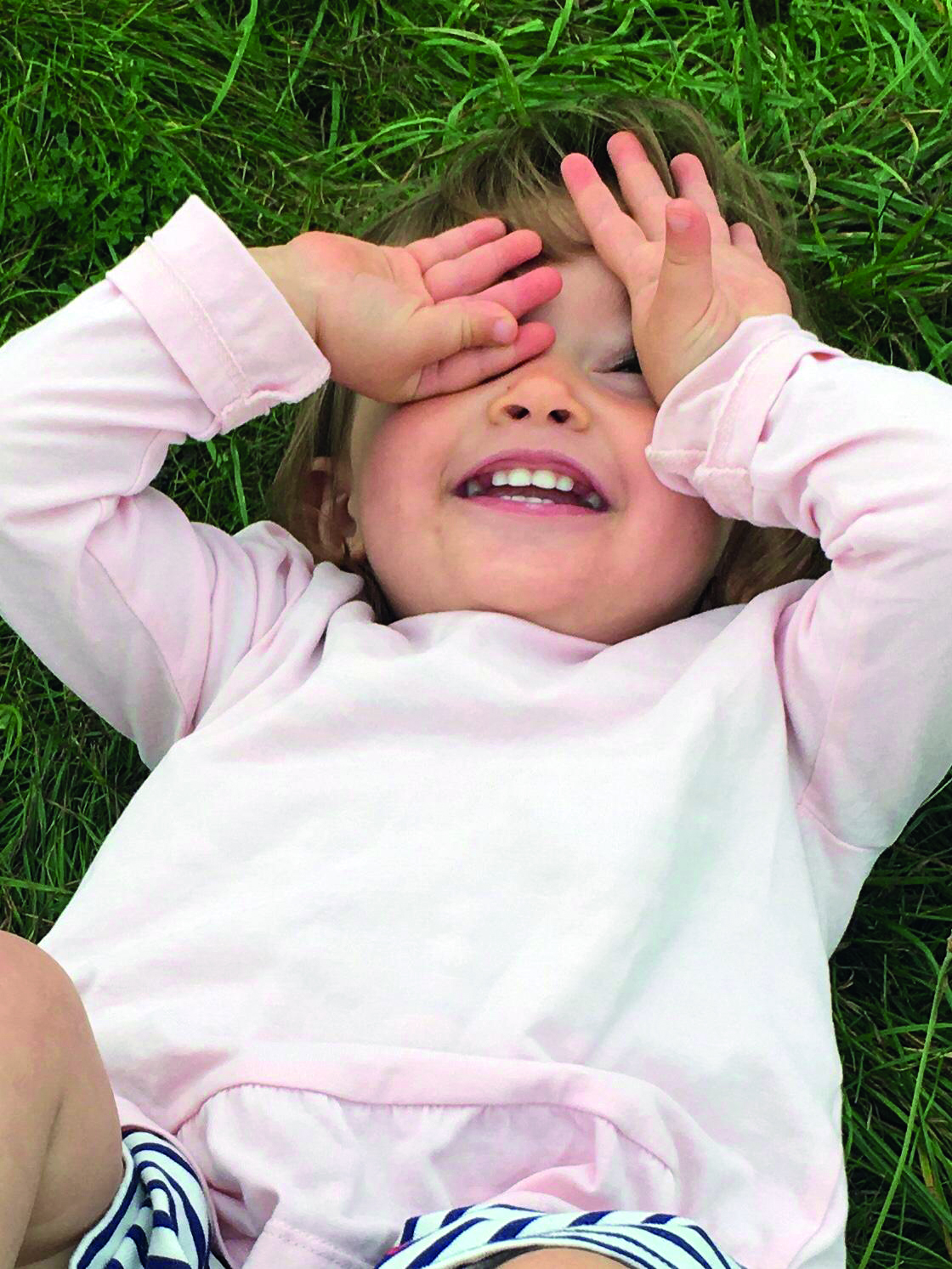 Lemongrass, papyrus, bamboo and cereals are all types of grass, which is grown in some form in almost every environment on earth. The chances are you have at least one patch of ‘fescue’ or ‘lolium’ in your setting – common or garden grass (a good starting point for investigations) – while adding a few extra grass species to your setting can quickly add interest, play value and biodiversity.
Lemongrass, papyrus, bamboo and cereals are all types of grass, which is grown in some form in almost every environment on earth. The chances are you have at least one patch of ‘fescue’ or ‘lolium’ in your setting – common or garden grass (a good starting point for investigations) – while adding a few extra grass species to your setting can quickly add interest, play value and biodiversity.
fact file
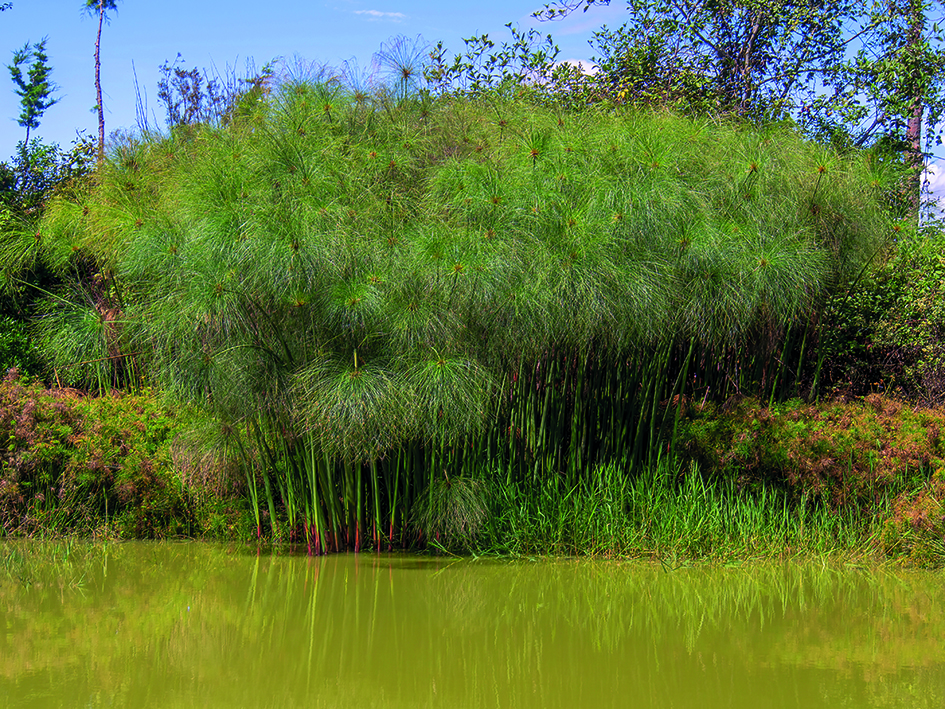 Some grasses, such as papyrus, are used to make paper or weaved into baskets, mats, rope and even clothing.
Some grasses, such as papyrus, are used to make paper or weaved into baskets, mats, rope and even clothing.- Plenty of grasses are edible – why not bring a stem of fragrant lemongrass into the setting for children to sniff and taste?
- Grass will grow almost anywhere – try sprinkling some lawn grass seeds into a thin layer of compost or soil in a tuff tray and watch what happens if left to its own devices.
grass projects
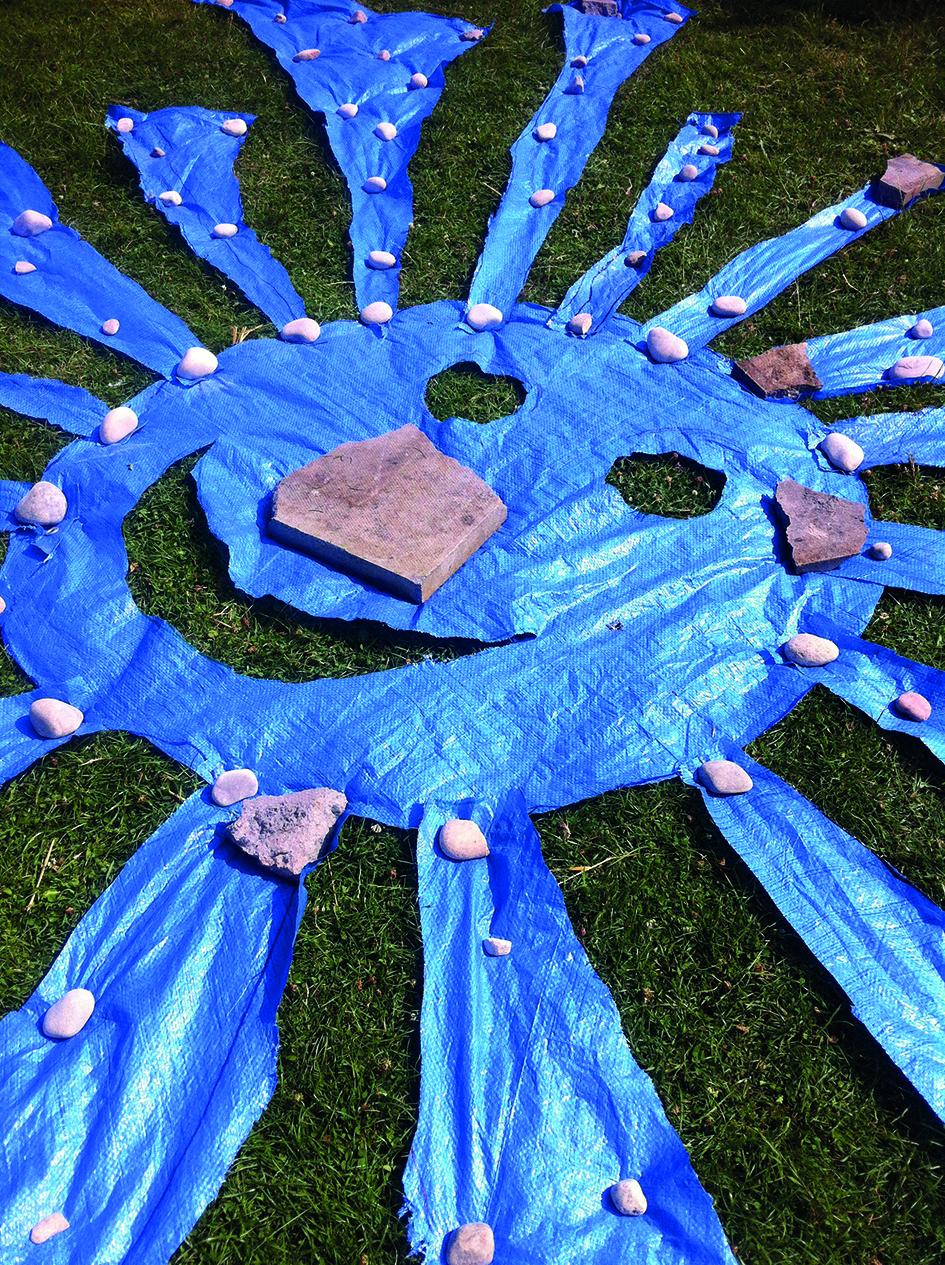 Grass hunt: Most lawns have several types of grass and a fair few other plant species too, so an easy starter activity is finding how many different types children can spot.
Grass hunt: Most lawns have several types of grass and a fair few other plant species too, so an easy starter activity is finding how many different types children can spot.- Loose parts: If you don’t have any dramatic grasses growing in your setting, ask parents and neighbours if you could occasionally have a few stems of theirs – for example, pampas grass, bamboo (yes, it is a grass), bullrushes or feathertop.
- Curate a small collection of ‘exotic’ grass seeds. Examples might include rice, corn, wheat, barley and oats. Taste some of the foods they are turned into.
- Autumn is a good time to plant seeds or ‘plugs’ (tiny seedlings) for a wildflower meadow next spring.
- Mark-make: you’ll need PVC, or black bin bags or tarps. Cut the PVC into shapes to cover the grass, creating the design ‘in reverse’. Weigh down the plastic. Leave for as long as you can – once removed, children will witness the effect of sunlight being restricted on the green grass.
real deal
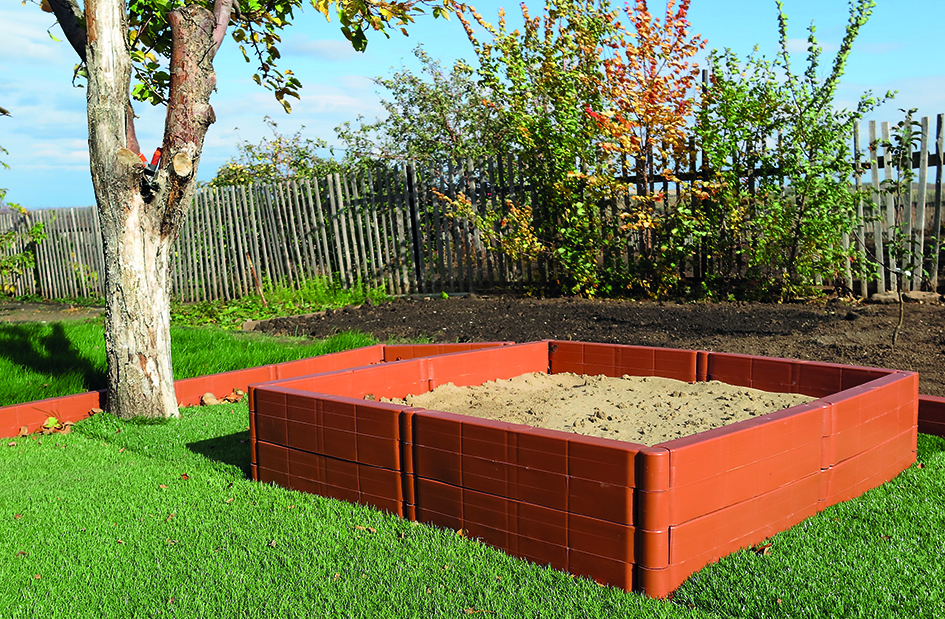 Alongside Tarmac, sand and gravel, grass is one of the ‘continuous provision’ surfaces all settings should have. Please, if you’re thinking of swapping your grass for artificial turf, please reconsider. Leaving aside the environmental damage of yet more plastic, I hope this article has convinced you of the many pleasures young children can have with the real thing. Plastic turf offers children nothing of value, whereas real grass sustains life and learning and is worth the effort. Embrace those mud patches (and reseed with Sprogs & Dogs each year to keep on top of the worn-out parts).
Alongside Tarmac, sand and gravel, grass is one of the ‘continuous provision’ surfaces all settings should have. Please, if you’re thinking of swapping your grass for artificial turf, please reconsider. Leaving aside the environmental damage of yet more plastic, I hope this article has convinced you of the many pleasures young children can have with the real thing. Plastic turf offers children nothing of value, whereas real grass sustains life and learning and is worth the effort. Embrace those mud patches (and reseed with Sprogs & Dogs each year to keep on top of the worn-out parts).
sensory grass
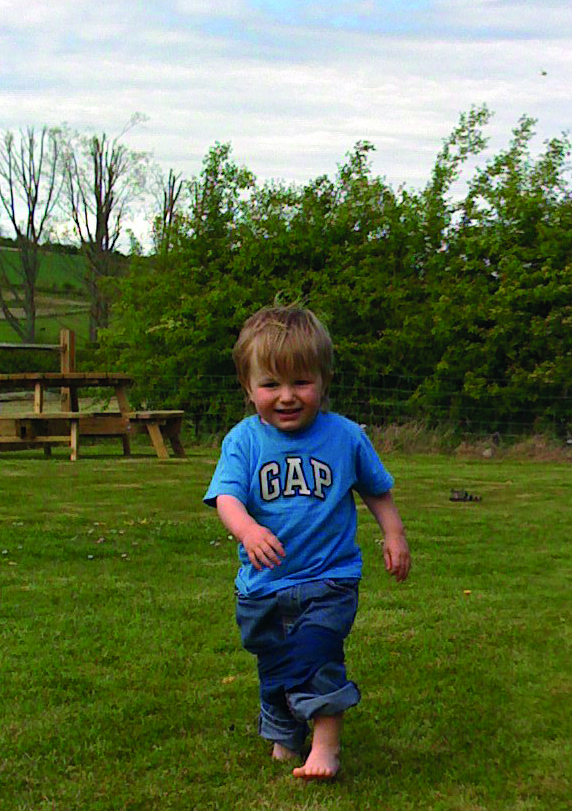 Ask children to harvest seeds from fluffy, cloudy seed heads and persuade them to collect them into bowls. The seeds are lovely and soft and tactile to run fingers through.
Ask children to harvest seeds from fluffy, cloudy seed heads and persuade them to collect them into bowls. The seeds are lovely and soft and tactile to run fingers through.- Let your grass grow long and then let children roll through it, have storytime in it, build dens in and around it, plait or weave with it – and, of course, pick the flowers if you have enough to allow it.
- Walk barefoot through the grass. I'm a huge advocate of the value of young children playing barefoot outdoors as much as possible, and short and velvety summer lawn grass or swishy meadowgrass will trigger nerve endings in children's feet, providing ‘real’ feedback about the ground below and helping develop proprioception and muscle co-ordination.
- Source a bale or two of hay: they make great bench seats or construction materials and children then love to pull them apart to play with. They are also invaluable to mop up the mud when it all gets too much.
seasonal grass
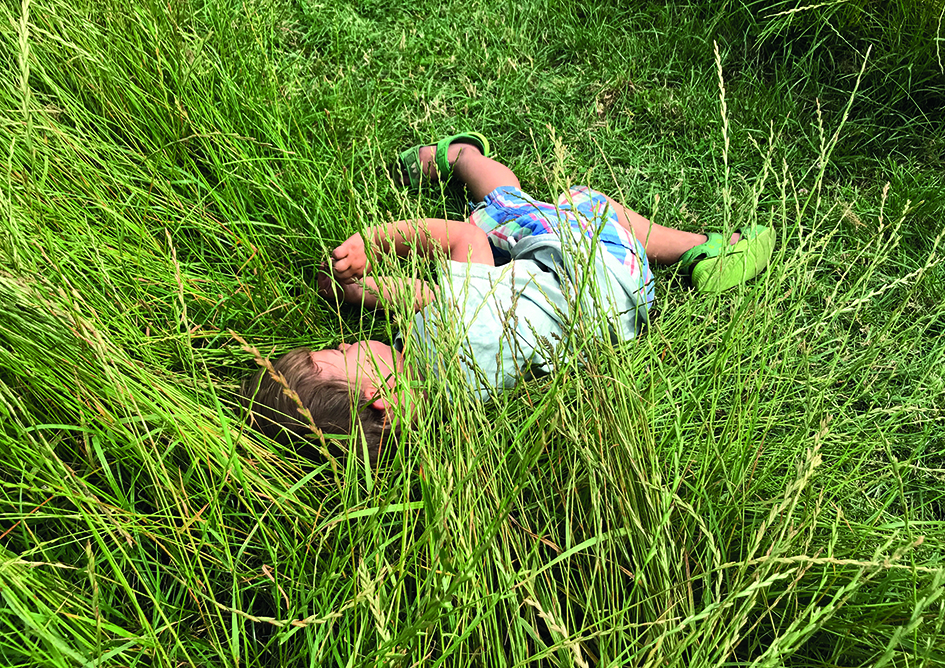 Most grasses go dormant during winter, although some ornamental grasses are evergreen and so make useful plants for structure and colour during winter. Tall feathery switch grass changes colour over the seasons and its clumpy base is a great hiding place for small insects and creatures over winter.
Most grasses go dormant during winter, although some ornamental grasses are evergreen and so make useful plants for structure and colour during winter. Tall feathery switch grass changes colour over the seasons and its clumpy base is a great hiding place for small insects and creatures over winter.- In spring, grass that is allowed to grow long will contain hundreds of wildflowers. In the countryside or in parks, we are encouraged not to pick them, but if you have an abundance of them in your setting, children can pick a few each day to make posies with, or giant ox-eye daisy chains.
- In summer, lots of grass seed heads will start to blow away in the wind – if you can source a few stems of pampas grass, children will love swishing them through the air, creating summer ‘snowstorms’ with the loose fluffy seeds.
- The ‘lawn’ grass in your setting won’t be very exciting during autumn as it starts to conserve energy for winter. However, if you've allowed it to grow long then now is the time to harvest it and make your own ‘hay’ to play with over winter. If you have a large area of grass, you’ll need to make sure the mower doesn’t chew up the grass into small pieces – a smaller patch could be strimmed to make sure the stems stay long. Find a space where the grass can lie untouched for a while to dry out. Once it's dry, children can make bundles of hay. Tie string around the middle to keep the bundles together and store them in a dry spot.
myth, magic and culture
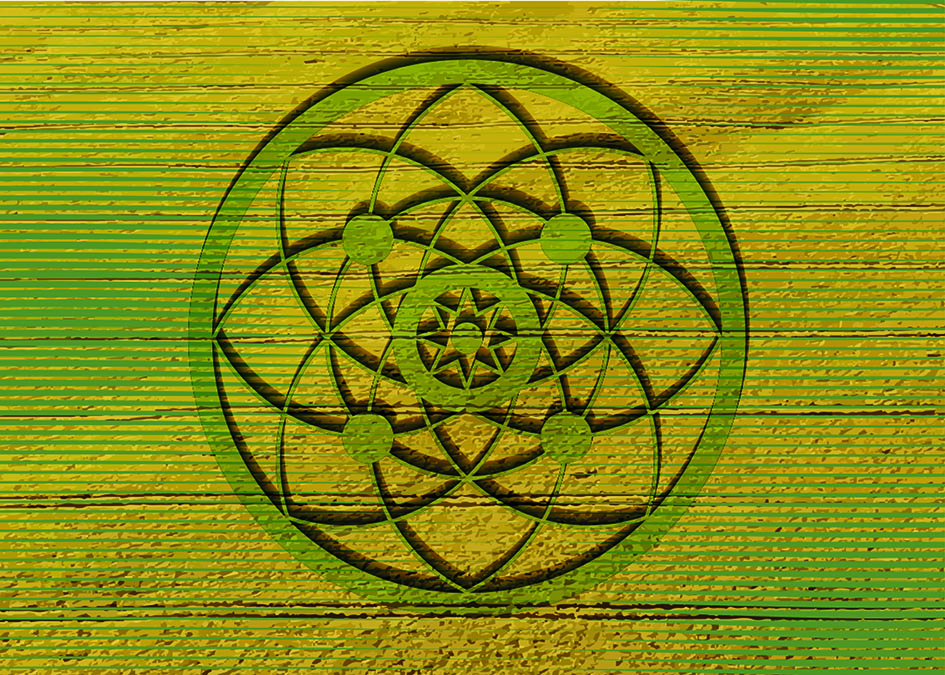 Crop circles and labyrinths often ‘crop’ up in summer fields. Show children a few examples online (the search term ‘grass crop circles UK’ will bring up hundreds of intriguing images) and then offer them chalk, string, bowls and plates and other loose parts to plan their own patterns outdoors. Make your own magical markings in your grass, from simple winding pathways to complicated designs that are best appreciated from above – for example, halfway up a tree.
Crop circles and labyrinths often ‘crop’ up in summer fields. Show children a few examples online (the search term ‘grass crop circles UK’ will bring up hundreds of intriguing images) and then offer them chalk, string, bowls and plates and other loose parts to plan their own patterns outdoors. Make your own magical markings in your grass, from simple winding pathways to complicated designs that are best appreciated from above – for example, halfway up a tree.
superhero feature
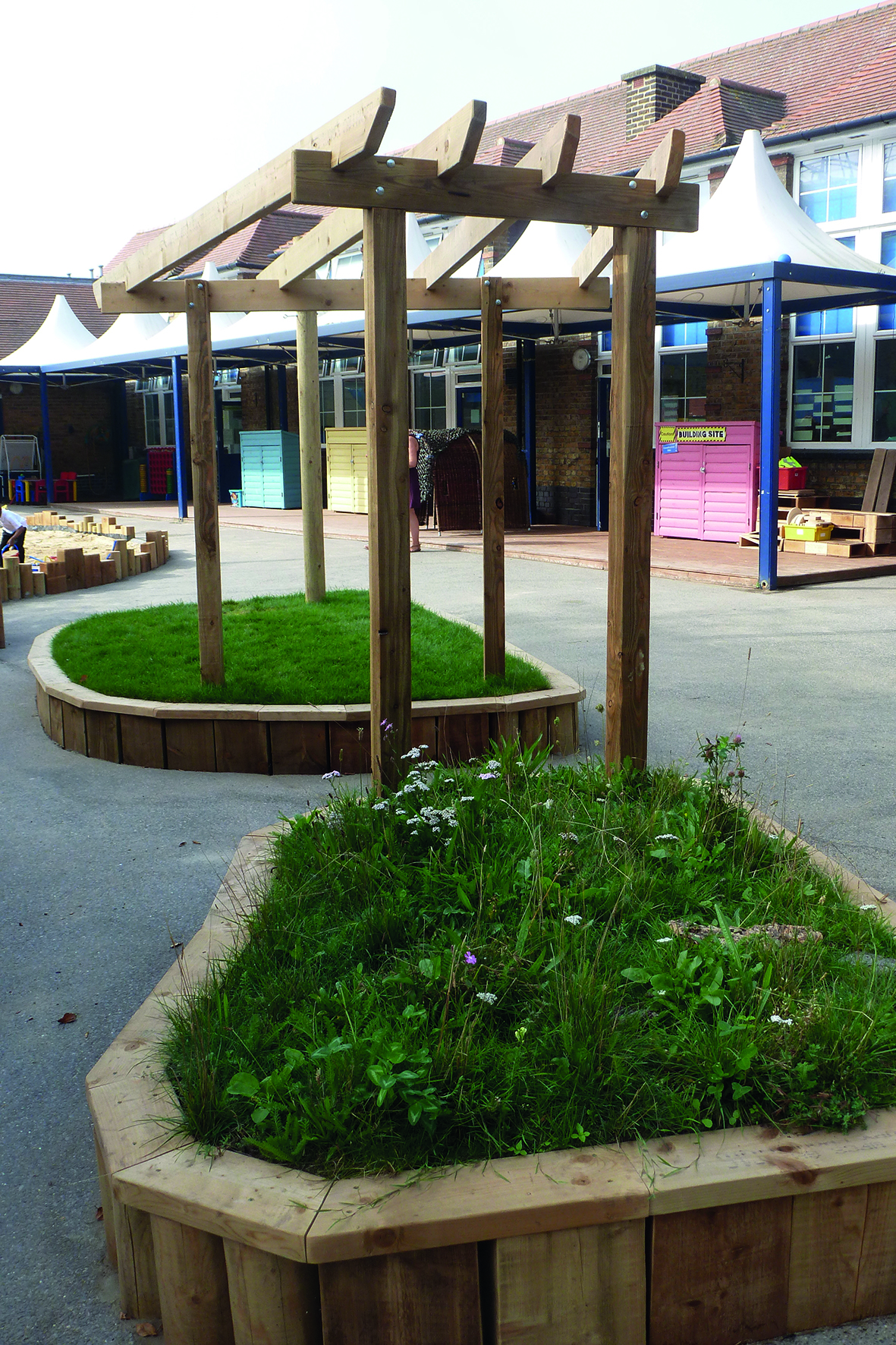 Grasses are very resilient. They also make up the most significant food source on the planet: rice, cereals and grains. The single most important thing you can do with grass in your setting is simply let it grow. Long grass begins to boost biodiversity and a wider range of flowers. Cut back the grass just a couple of times a year to generate your own wildflower meadow. You can boost this with wildflower seedlings.
Grasses are very resilient. They also make up the most significant food source on the planet: rice, cereals and grains. The single most important thing you can do with grass in your setting is simply let it grow. Long grass begins to boost biodiversity and a wider range of flowers. Cut back the grass just a couple of times a year to generate your own wildflower meadow. You can boost this with wildflower seedlings.
a grassy rhyme
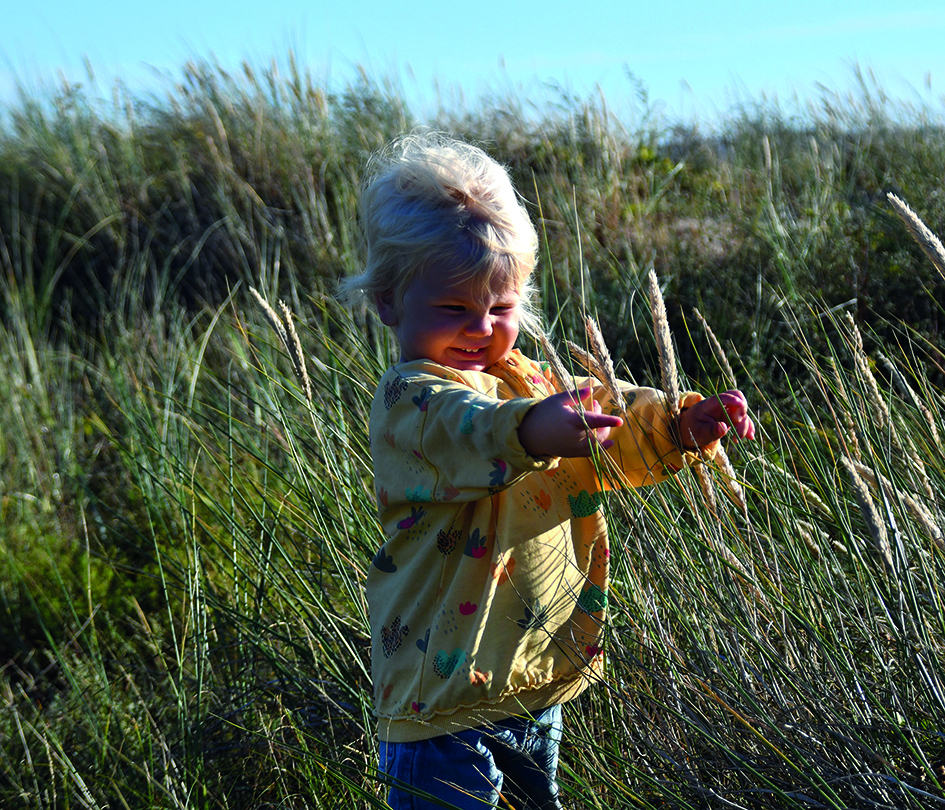 The seeds on grass grow at the top of its stems in clusters. I'm certain that since the dawn of time, children and adults have been drawn to squeeze and pull their fingers along a stem of grass to release the plumes. It's a great opportunity to develop thumb and index finger strength and co-ordination, so collect as many different types as you can – how far can they ‘spray’ the seeds? They could also practise tying knots or weaving. Here's a traditional rhyme to use at the same time:
The seeds on grass grow at the top of its stems in clusters. I'm certain that since the dawn of time, children and adults have been drawn to squeeze and pull their fingers along a stem of grass to release the plumes. It's a great opportunity to develop thumb and index finger strength and co-ordination, so collect as many different types as you can – how far can they ‘spray’ the seeds? They could also practise tying knots or weaving. Here's a traditional rhyme to use at the same time:
Here's a tree in summer (hold up the grass stem with seeds on)
Here's a tree in winter (remove the seeds with an upwards sweep of the finger and thumb to show the bare stalk)
Here's the bunch of flowers (pinch the seeds into a bunch between finger and thumb)
And here's the April showers! (fling the seeds into the air)
next month – blackberries
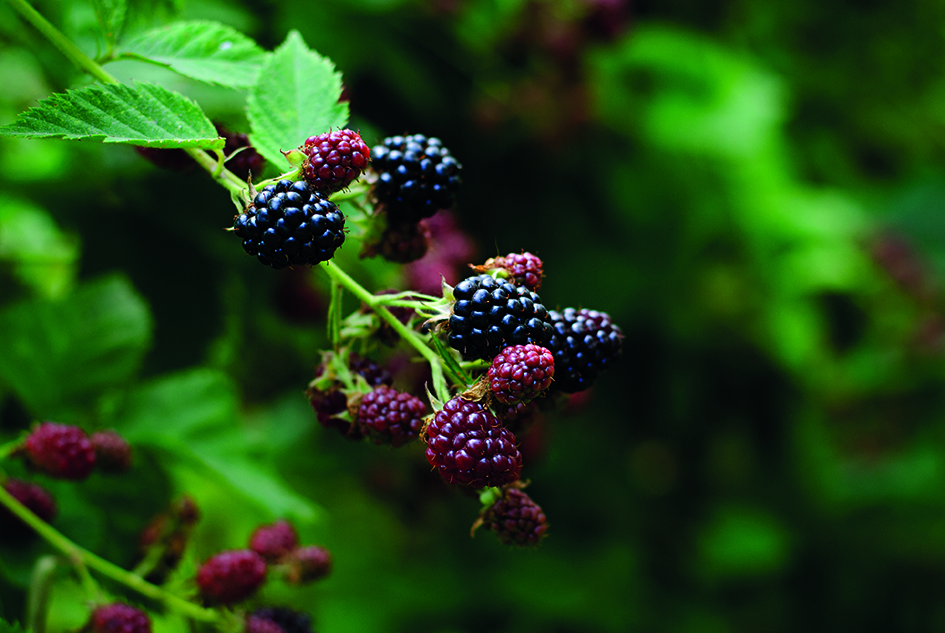 For August, we’ll be exploring blackberries, which grow on brambles and thrive in waste grounds and allotments. The berries should start appearing in August and make wonderful snacks, dyes and desserts.
For August, we’ll be exploring blackberries, which grow on brambles and thrive in waste grounds and allotments. The berries should start appearing in August and make wonderful snacks, dyes and desserts.









